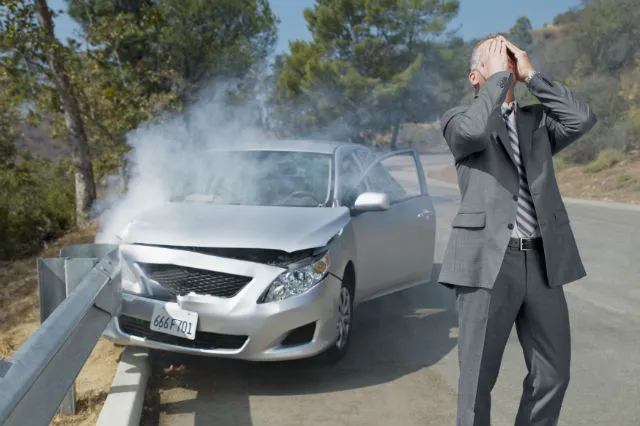Facing an accident while driving a rental car can be unsettling. You might wonder about responsibility, costs, and next steps. It’s vital to stay calm and take immediate action. First, ensure everyone’s safety. Check for injuries and call emergency services if needed. Then, notify the rental company as soon as possible. They’ll guide you on their specific protocol. Document the scene. Use your phone to take pictures of the vehicles, damage, and any visible injuries. Exchange details with the other driver involved. Collect names, phone numbers, and insurance information. Contact an injury lawyer to understand your rights and the legal implications. They can provide clarity and support. This might feel overwhelming, but having the right guidance helps. Your peace of mind is important. Handling the situation properly can minimize stress and confusion. Remember, preparation and knowing each step can make a significant difference in these tough times.
Understanding Your Rental Agreement
Your rental agreement outlines your responsibilities in case of an accident. It might specify who is liable, whether you need additional insurance, and your potential financial obligations. Review it carefully before you drive. Understanding these terms can prevent unexpected costs and complications.
If you have insurance through the rental company, verify its coverage. This usually includes liability, collision, and theft protection. Each type of coverage has limits and conditions. Knowing them helps you make informed decisions.
Insurance Options and Protections
Rental car insurance options vary. Here is a simple comparison:
| Insurance Type | Description |
| Collision Damage Waiver (CDW) | Covers damage to the rental car but not personal belongings. |
| Liability Insurance | Covers damages to other people’s property and injuries. |
| Personal Accident Insurance | Covers medical expenses for you and your passengers. |
| Personal Effects Coverage | Covers personal items stolen from the rental car. |
Assess your personal car insurance policy. Some policies extend coverage to rental vehicles. Contact your insurance provider to confirm specifics. Using your own insurance might save costs on additional rental coverage.
Legal Implications and Rights
An accident involves legal procedures that must be adhered to. Contacting the local authorities and filing a report is typically required. An official government guide on handling auto accidents can provide further assistance.
Securing legal advice from an injury lawyer ensures you understand your rights and obligations. An expert’s support can significantly reduce legal stresses and help you navigate the aftermath of the accident.
Responsibilities and Next Steps
After ensuring safety and contacting the necessary parties, focus on the following:
- Notify your insurance company. They need to be aware of the situation to provide coverage information and guide you on claims.
- Follow through with any additional steps advised by the rental company. This might include completing incident reports or providing police reports.
- Keep all documentation organized. This includes receipts, insurance correspondence, and accident reports. These documents are crucial for claims and any legal needs.
Preventing Future Issues
Preparation can prevent many issues. Before renting a car, understand the insurance and coverage options available. Know your personal policy details and what it covers with rentals. Review rental agreements thoroughly. This way, you can confidently handle unforeseen accidents.
Remember, every step taken post-accident impacts the process. Knowing your responsibilities and being prepared helps manage the situation smoothly. It’s about controlling the controllable and seeking professional help when needed.
Keep an eye for more latest news & updates on Forbeszine!




